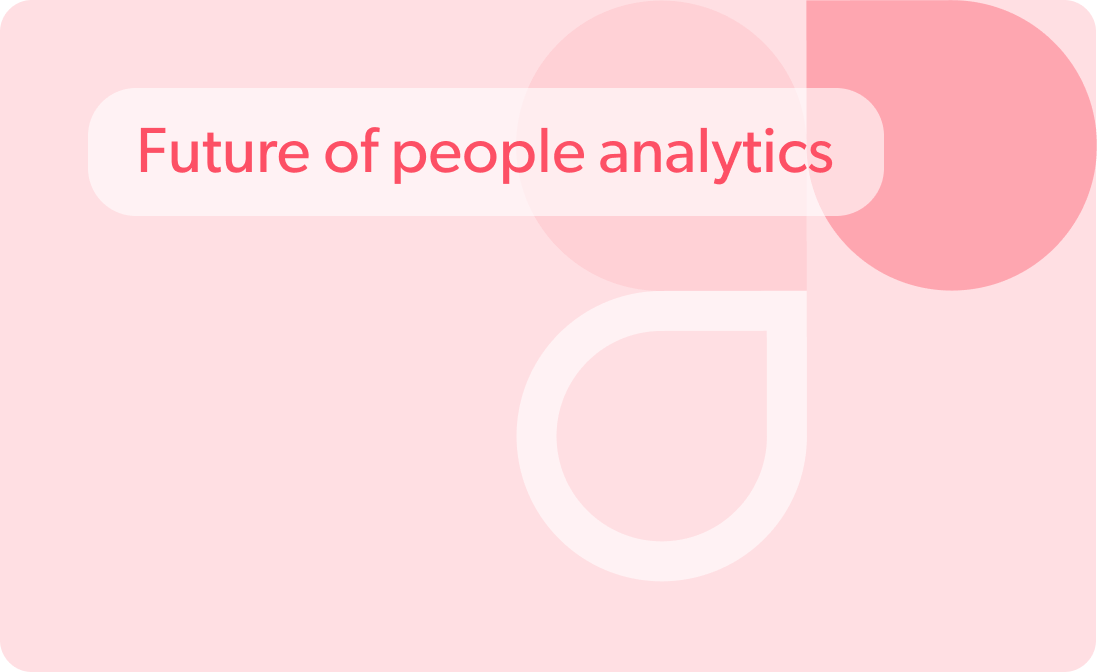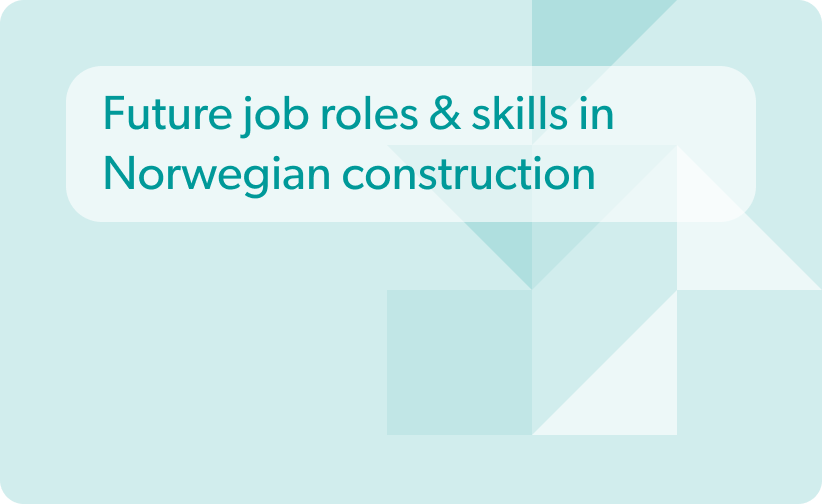Global labor and economic trends in 2023
What happened globally in the world and labor market in 2023
Economic, medical, and geopolitical trends have created mixed results for labor markets worldwide in 2023. High-income countries have faced constraints in their labor markets, while low-income countries have struggled with higher unemployment rates due to the COVID-19 pandemic. This disparity has been exacerbated by the cost-of-living crisis, leading to a fall in real wages and a shift in worker expectations that has drawn attention to the quality of work. More on this below.
Geopolitical developments, trade, and conflicts
Switching the transmission of geopolitical events, the escalation of the Russian invasion of Ukraine, including the destruction of the Kakhovska HPP, not only raised the specter of nuclear war but also intensified global military conflicts. In entertainment, this tension was reflected in the box office success of Oppenheimer, which grossed US$947.5 million at the box office, underscoring the heightened public interest in nuclear issues.
Natural disasters also left their mark in 2023, with Turkey, Syria, and Morocco all hit by catastrophic earthquakes. These events, along with geopolitical tensions, have changed corporate strategies around the world. For example, according to Bloomberg, “geopolitics” is becoming more common in corporate communications, signaling a shift in focus among business leaders.
Corporate investment patterns are changing in how organizations invest capital, with a tendency to build factories in geopolitically like-minded countries. This change is a response to strained international relations and the perceived end of the era of globalization.
Although global trade remains resilient despite geopolitical differences, the World Trade Organization and the IMF are seeing the first signs of fragmentation of global trade and investment flows under the influence of geopolitical tensions. There is a growing divergence in global commodity trade, particularly in strategic sectors such as semiconductors, renewables, and new energy projects. In July, we analyzed the skills shortage in the semiconductor industry. Feel free to review the report and download it here.
Advancements and challenges in AI technology
According to Collins dictionary, AI is named the most notable word of 2023, and it’s not a surprise. The position of AI in the world was not only a topic of discussion this year but also caused many changes in the work sphere (labor shortages, strikes, bans, etc.). For example, the release of OpenAI GPT-4 was followed by a temporary ban in Italy due to data security concerns. It highlighted the growing impact of AI on the labor market and the need for strong regulatory measures. This is confirmed by Geoffrey Hinton’s resignation from Google to focus on the ethical implications of AI.
The Writers Guild of America went on strike, leading to significant disruptions in US film and TV production. The strike focused on demands for increased wages and better job security. Additionally, the Grammy Awards updated their rules to restrict AI-generated songs. The new rules clarified that songs that AI fully generates won’t be considered for awards. Songs only partly written by AI and have “meaningful” human contributions are still allowed.
Some organizations actively invest in AI implementation in work processes during controversial discussions about artificial intelligence. According to the IDC, 20% of European organizations have already made significant investments in Generative AI, and another 58% say they are looking closely at the business opportunities this technology can offer in three areas:
- AI to compensate for skills shortages. As of June 2023, 78% of European companies report that they have implemented or are at least piloting automation technologies to compensate for labor shortages.
- AI as workforce replacement. 28% of European leaders have already discussed replacing employee positions with automation; 78% plan to replace up to 20% of their workforce with “digital colleagues.”
- AI for workforce augmentation. For those who use automation to improve worker productivity (rather than replace them), generative AI assistants such as ChatGPT, Bard, and Copilot, combined with data analytics and project management tools, will be key to improving the productivity of employees.
- AI for legal and taxes. AI already has a big transformative impact on the tax and legal professions, highlighting its role in automating routine tasks, enhancing efficiency and compliance, and providing insights while emphasizing the need for upskilling professionals in these fields.
However, it’s not just the tech industry that’s experiencing upheaval.
Social and entertainment industry shifts
Significant strikes have been by workers in the automotive and health sectors. The United Auto Workers (UAW) union demanded better conditions at a Ford plant in Kentucky, and Kaiser Permanente medical workers staged the largest strike in history. These movements underscore a broader trend of labor unrest fueled by demands for fair pay and job security.
In the healthcare sector, the interim solution to the Kaiser Permanente strike didn’t fully address the underlying issues, leaving the possibility of further action open. The World Economic Forum 2023 report notes that these unrests are a microcosm of global labor issues. The report sheds light on the cost-of-living crisis, the growing importance of job security, and shifting employee priorities toward flexibility, work-life balance, and diversity.
The main worker preferences are:
- Job security, flexible hours and locations, work-life balance, and burnout are major concerns for workers.
- Salary levels are a primary reason for job changes.
- Younger workers prioritize workplace diversity, equity, and inclusion (DEI).
- There needs to be more satisfaction among workers about training opportunities, especially outside managerial roles.
Finally, as England’s Chief Medical Officer, Professor Sir Chris Whitty, has pointed out, the health crisis ahead of aging requires a fundamental change in medical focus. It highlights the need for organizations to adapt and invest strategically in technology and processes and understand and address their workforce’s ever-changing needs and challenges.
2023 has become a year of significant transformations in various fields. From geopolitical shifts affecting corporate strategies to technological advances in artificial intelligence and large-scale labor strikes to changing employee priorities, these events present organizations with complex challenges and opportunities to build effective teams and navigate the future of work.
HR trends: Where to invest in HR in 2024
In 2024, HR trends will be shaped by a complex mix of factors, including a strong labor market, high inflation, industry-specific layoffs, and the persistent paradox of labor shortages amid an economic slowdown. This scenario demands a strategic shift in HR from crisis response to proactive adaptability. Here are key areas for investment in HR for 2024.
Ethical AI and tech use
Looking ahead to 2024, the HR sector will likely witness the integration of more sophisticated AI and machine learning algorithms. This advancement aims to enhance the efficiency of HR processes further. Additionally, there’ll be an increased focus on data security, given the sensitive nature of the extensive data handled by HR tech platforms and predictive analysis. By analyzing trends and patterns within the vast amounts of HR data, organizations can forecast potential issues such as turnover rates, recruitment needs, and employee satisfaction levels, allowing HR managers to align with future organizational goals strategically.
This trend in HR for the coming years revolves around ethically implementing AI and tech solutions, with a strong focus on employee training, clear communication, and data security, ensuring a harmonious balance between technological advancement and workforce wellbeing.
Holistic talent management in HR: trends and priorities of employees
In 2024, HR investment trends are expected to focus on holistic talent management systems that address the entire workforce lifecycle from recruitment to development and retention. This shift is driven by a competitive talent landscape requiring an integrated approach encompassing hiring, employee retention, reskilling, and promotion. Predictive analytics will gain traction to help predict employee turnover and identify potential leaders, enabling proactive workforce planning and strategic talent management.
Employee priorities such as job security, flexible working hours, work-life balance, and concerns about burnout will significantly influence HR policies. Competitive compensation, especially in response to rising living costs, remains vital. In addition, a focus on diversity, equity, and inclusion (DEI) and enhanced learning and development opportunities, especially for non-management positions, will be key to attracting and retaining diverse and skilled employees.
Find a solution to maximize your HR investments
With the HRForecast ROI Calculator, gain valuable insights into the potential value of improving workforce fit, reducing HR costs, enhancing L&D efficiency, and more.
Upskilling, reskilling, cross-skilling
One of the top challenges for HR leaders in 2024 will be addressing the skills gap in the workforce. According to HRForecast internal data, 30% of today’s jobs will disappear within the next five years due to digitalization & automation, and 40% of companies don’t even know which skills are relevant for the future. Focus on upskilling and reskilling existing employees is one of the solutions. This approach helps bridge the skills gap and promotes employee retention by providing career development opportunities.
Dynamic upskilling and reskilling programs are regularly updated with evolving industry trends and technological advancements. The use of innovative technologies in employee training highlights the sector’s desire to keep pace with rapid changes in the workplace and prepare employees and business leaders for future challenges.
Sustainable business practices
A key investment area for the HR department in 2024 will be promoting and implementing sustainable business practices. As environmental concerns become increasingly important, HR departments are expected to be critical in guiding businesses towards greener and more sustainable practices. This change involves many initiatives, from adopting remote work policies that reduce carbon footprints to creating sustainable office environments.
Telecommuting offers a dual benefit: it supports work-life balance and promotes environmental sustainability. Organizations can significantly reduce their overall carbon footprint by minimizing the need for daily travel.
In addition, staffing strategies are likely to include developing environmentally sustainable office space. These spaces will focus on reducing energy consumption, using environmentally friendly materials, and fostering a culture of sustainability among employees.
By investing in green practices, HR leaders can contribute to a broader corporate responsibility agenda by aligning their operations with environmental sustainability goals. In addition, such initiatives also resonate with the values of a growing portion of the workforce who prioritize the environmental awareness of their employers. This alignment between corporate values and employee expectations is essential to attract and retain talent, especially among environmentally conscious younger generations.
Wrapping up
Trends in HR will focus on technology adoption, environmental, social, and governance (ESG) compliance, and adaptation to macroeconomic challenges such as the rising cost of living and economic downturn in 2024.
- Over 75% of companies plan to integrate big data, cloud computing, and artificial intelligence, driving job growth in data analytics and cybersecurity.
- However, AI could also cause significant job displacement, especially in clerical and administrative positions, leading to a projected net loss of 14 million jobs.
- The labor market is expected to experience a structural job loss of 23% over the next five years as AI and ML transform jobs, boosting technical jobs but shrinking clerical jobs.
Thus, employers should adapt by investing in areas such as the ethical use of artificial intelligence, holistic talent management, upskilling, reskilling, and sustainable business practices. These strategies will address immediate challenges and align with the organization’s long-term goals, ensuring a skilled, diverse, and environmentally conscious workforce.
Stay up to date with our newsletter
Every month, we’ll send you a curated newsletter with our updates and the latest industry news.



























 info@hrforecast.de
info@hrforecast.de
 +49 89 215384810
+49 89 215384810






